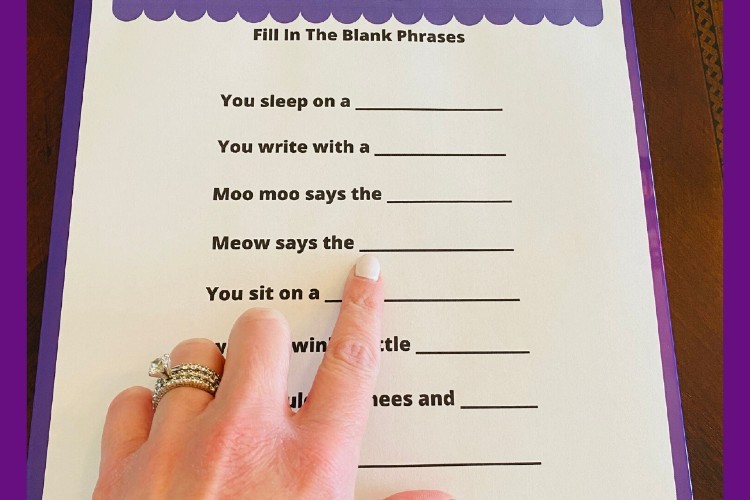Fine Motor Skills

Fine motor skills refer to the coordinated movements and control of the small muscles in our hands, fingers, and wrists. These skills involve precise and delicate movements that enable us to perform tasks such as writing, buttoning clothes, using utensils, and manipulating small objects.
Fine motor skills encompass a range of abilities, including:
- Grasping and manipulating objects
- Hand-eye coordination
- Finger dexterity
- Precision and control in movements
Does autism affect fine motor skills?
Individuals with autism may experience fine motor skills challenges, which can significantly impact their daily lives. These difficulties can affect various areas of functioning, such as:
- Impaired fine motor skills can affect handwriting, drawing, and other activities requiring precise control, potentially impacting academic performance.
- Fine motor skills can impact independence and self-care abilities, particularly in tasks such as dressing, buttoning, and tying shoelaces.
- Fine motor challenges can affect social participation. Individuals might face difficulties with activities requiring fine motor skills, like playing with small toys or participating in arts and crafts with others.
- Fine motor difficulties can impact daily tasks like using utensils, brushing teeth, and opening containers, which may result in frustration and decreased independence.
Enhancing Fine Motor Skills in Autism
Several effective strategies can be employed to enhance fine motor skills in individuals with autism spectrum disorder (ASD). These strategies aim to improve coordination, agility, and control over small muscle movements. Some of the key strategies include:
- Occupational Therapy: Occupational therapists collaborate with families to pinpoint specific challenges and develop personalized intervention strategies, which may involve activities focusing on hand-eye coordination, finger strength, and precision. They may incorporate activities like:
- finger painting,
- drawing and coloring,
- cutting and pasting,
- playdough,
- puzzles,
- and building with blocks to improve hand control and manipulation skills.
- Sensory Integration Techniques: Sensory integration techniques focus on managing sensory input to enhance sensory processing, leading to improved coordination and motor skills. Engaging in activities like:
- swinging,
- jumping,
- sensory bins,
- and exploring textured materials can support the development of body awareness and coordination in individuals with ASD.
- Assistive Devices and Adaptive Tools: Assistive devices and adaptive tools can support children with ASD in managing fine motor challenges through features like improved grip, stability, and customized designs tailored to their unique requirements. Examples of assistive devices and adaptive tools include:
- pencil grips,
- weighted utensils,
- and specialized keyboards.
Remember, including daily living skills in the daily routine can help enhance fine motor skills. Here at LeafWing, we encourage parents to allow their children to engage in activities suitable for their age like tying their shoes, zipping up their jackets, or buttoning their clothes. With older children, you can get them involved in meal preparation like cutting soft fruits or vegetables or spreading condiments. It’s crucial to customize activities based on each child’s strengths and offer the right kind of help and encouragement.
By implementing specific strategies, children with ASD can improve their fine motor skills when partnering with professionals like occupational therapists and embracing targeted interventions. With dedication, practice, and the right tools, children with ASD can enhance their fine motor skills and increase their independence in daily activities. LeafWing offers therapy plans to strengthen fine motor skills and would happily partner with you and your child.
Understanding the link between autism and fine motor skills is crucial in identifying appropriate strategies and interventions to support children with ASD in developing and enhancing their fine motor abilities.



















